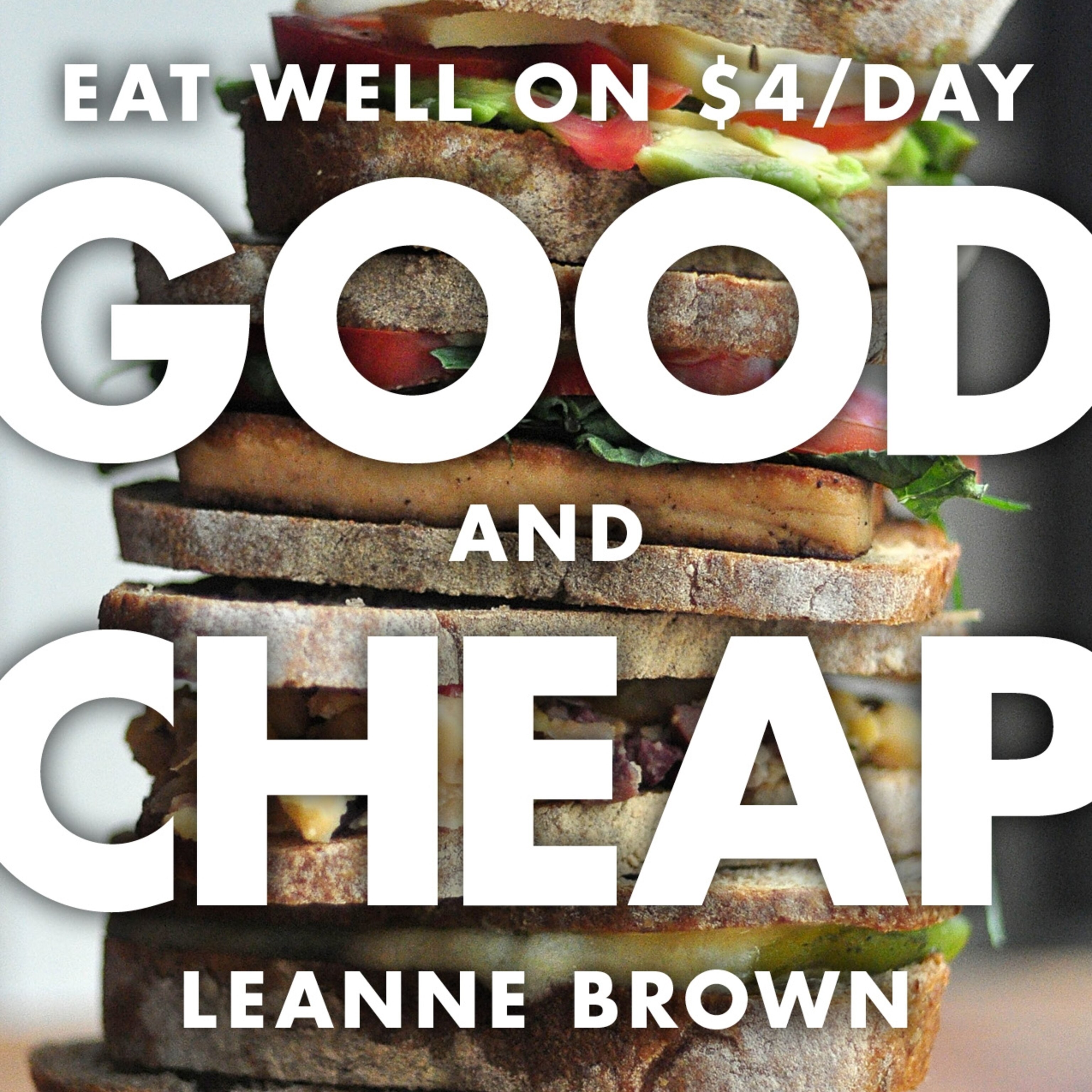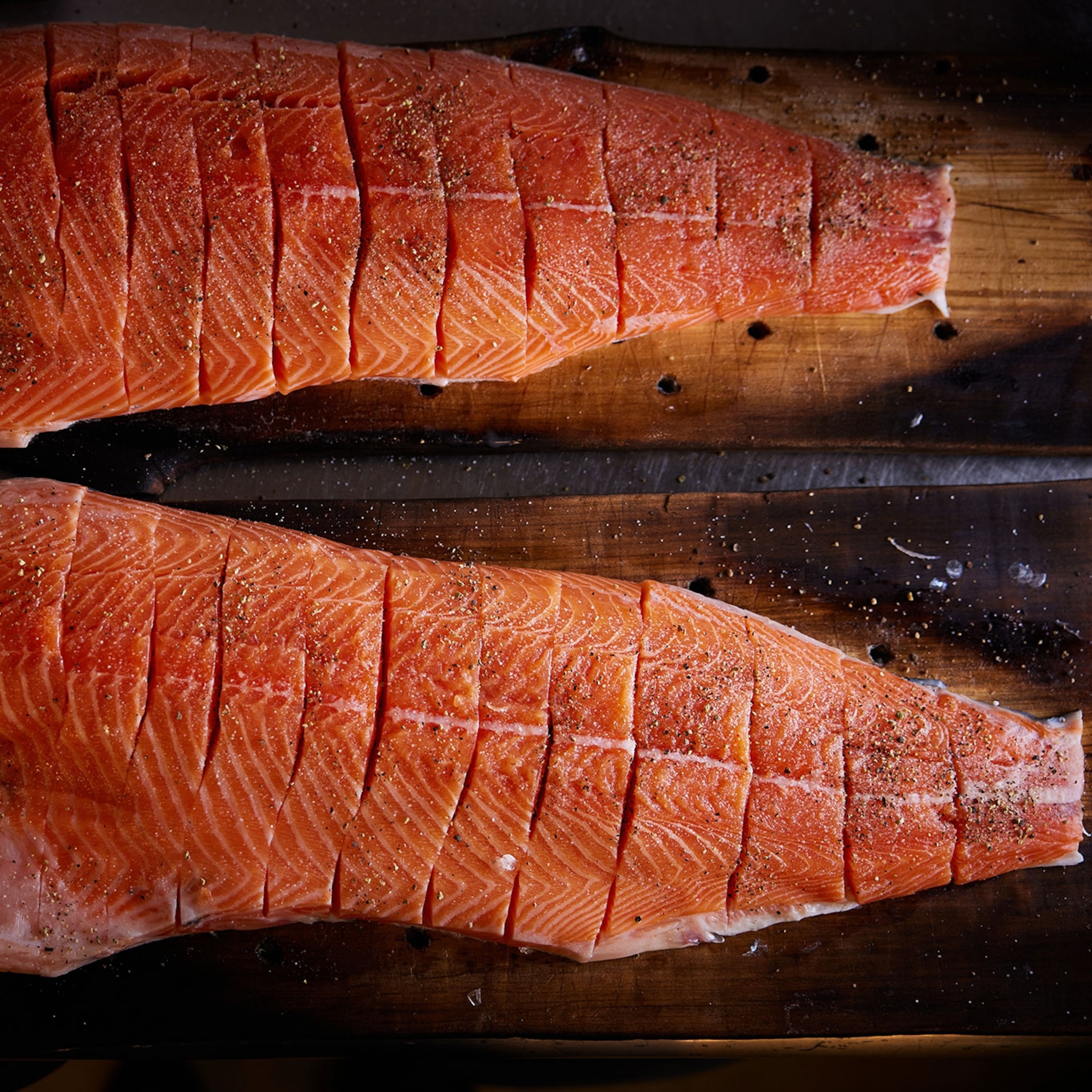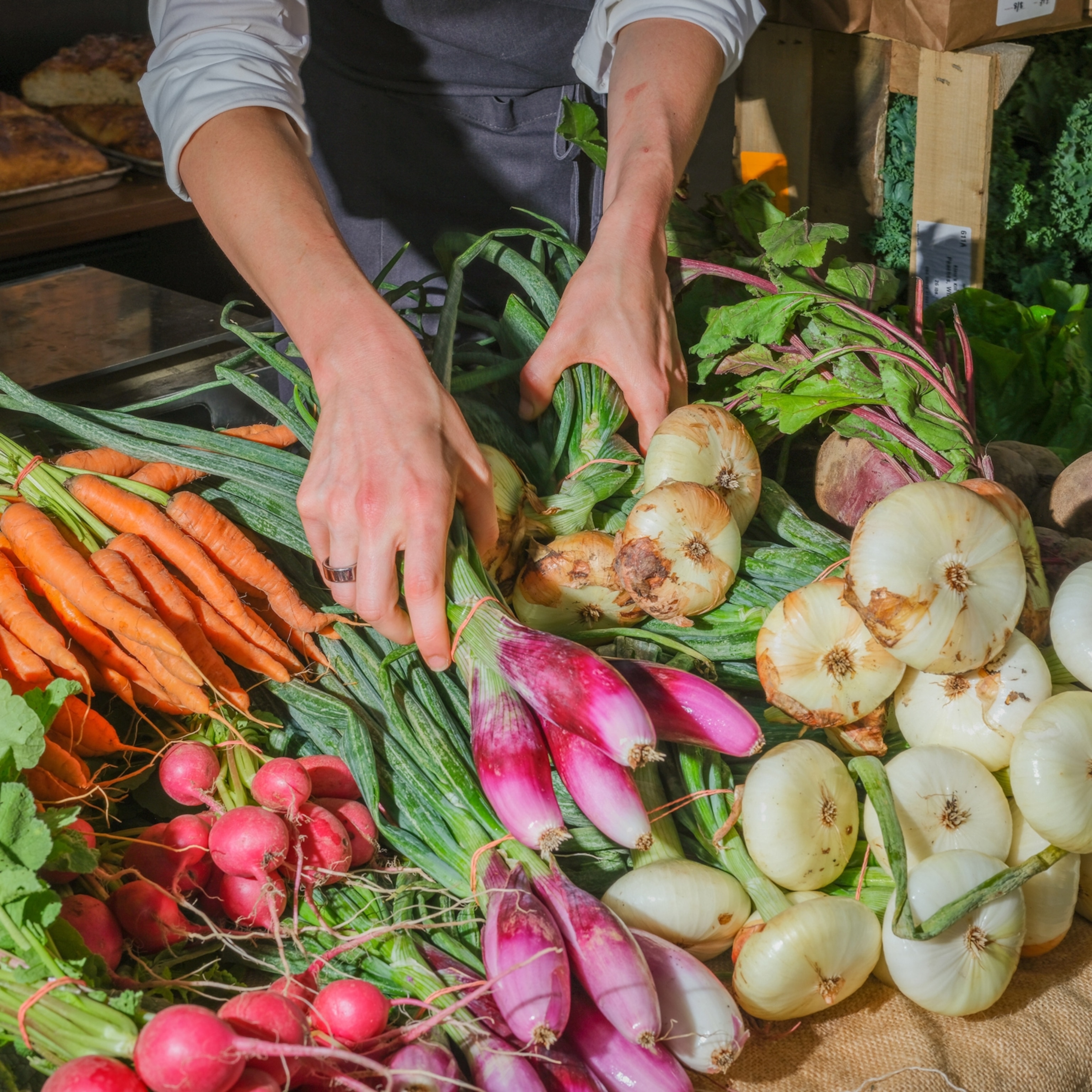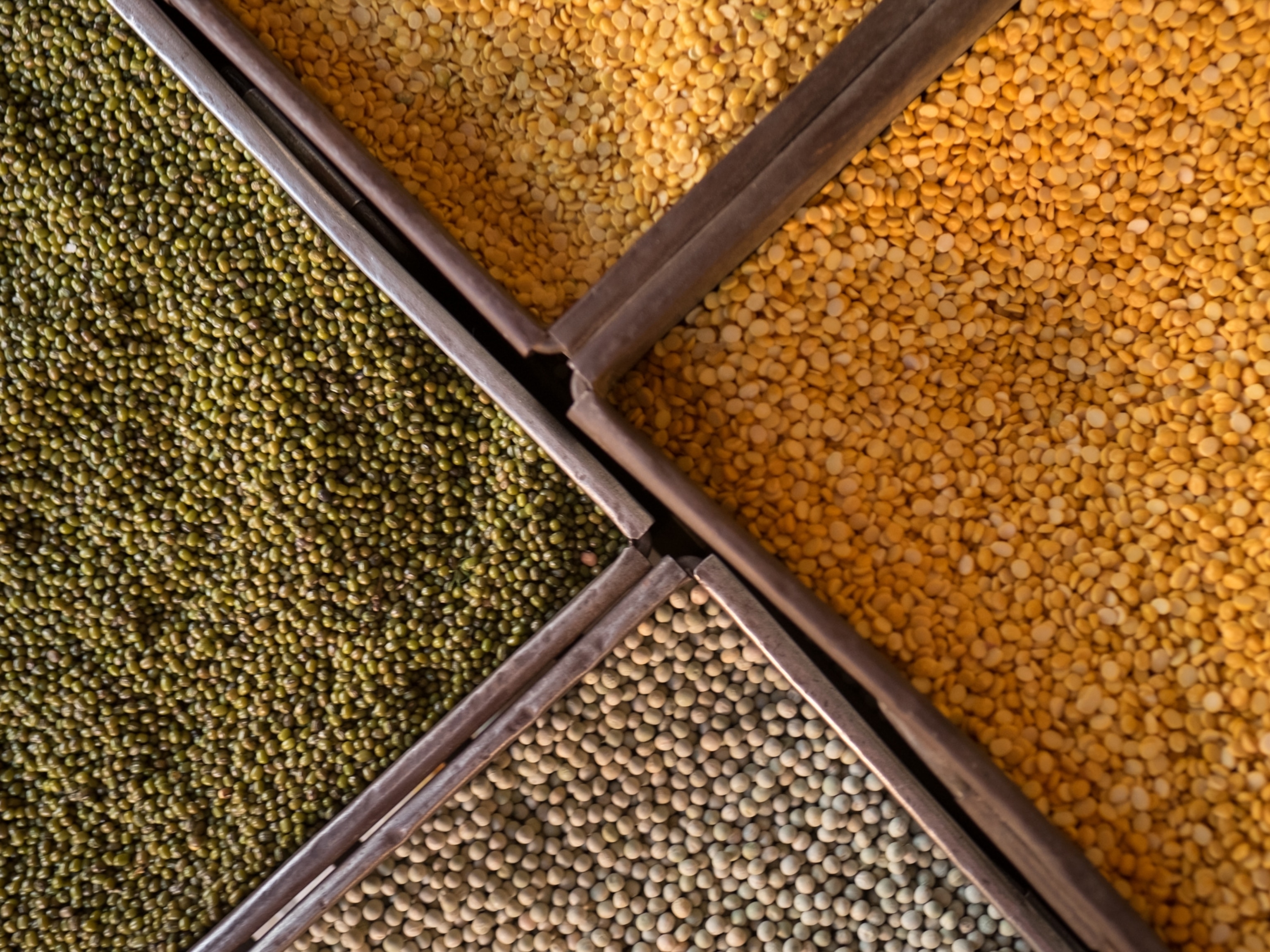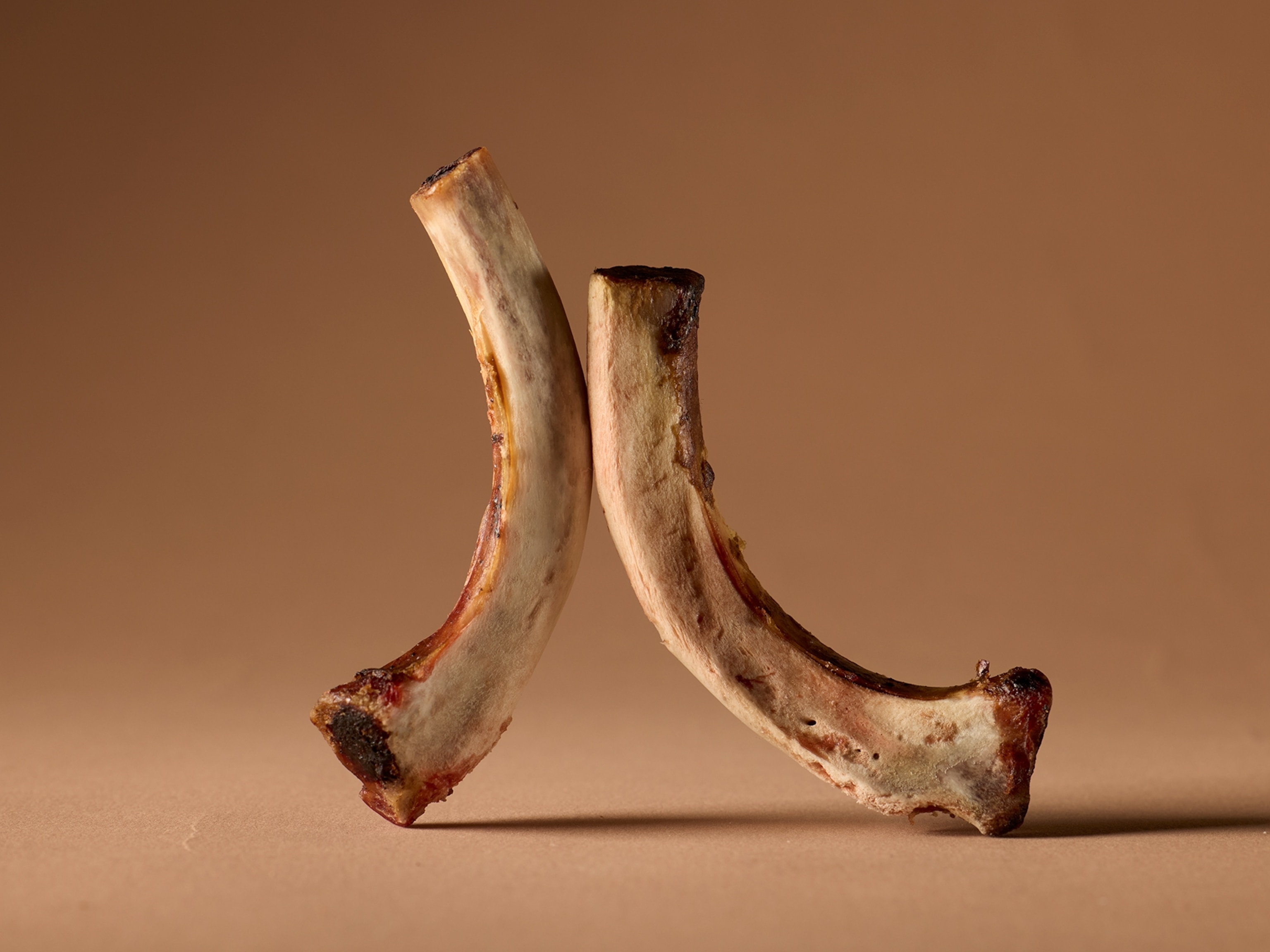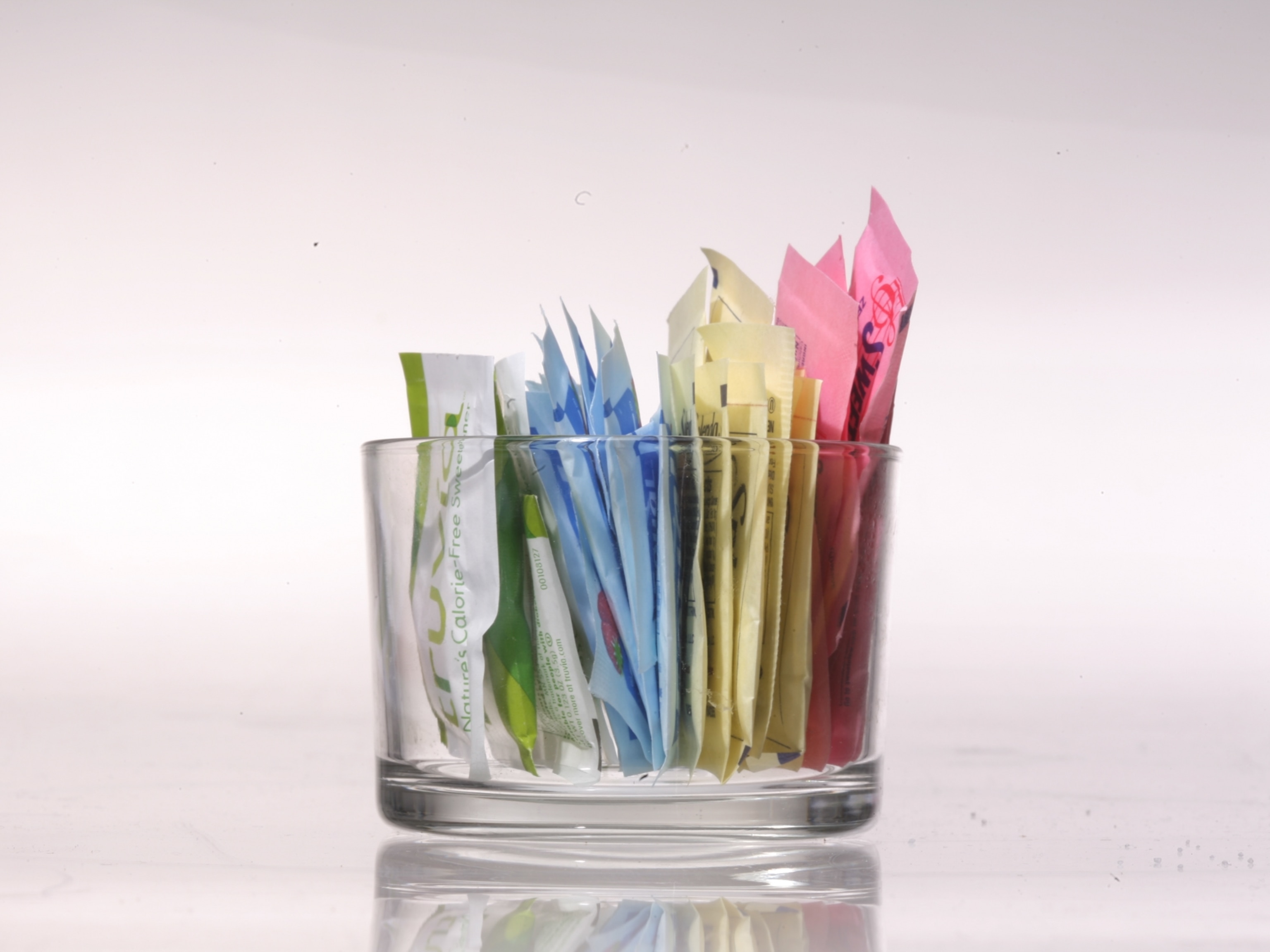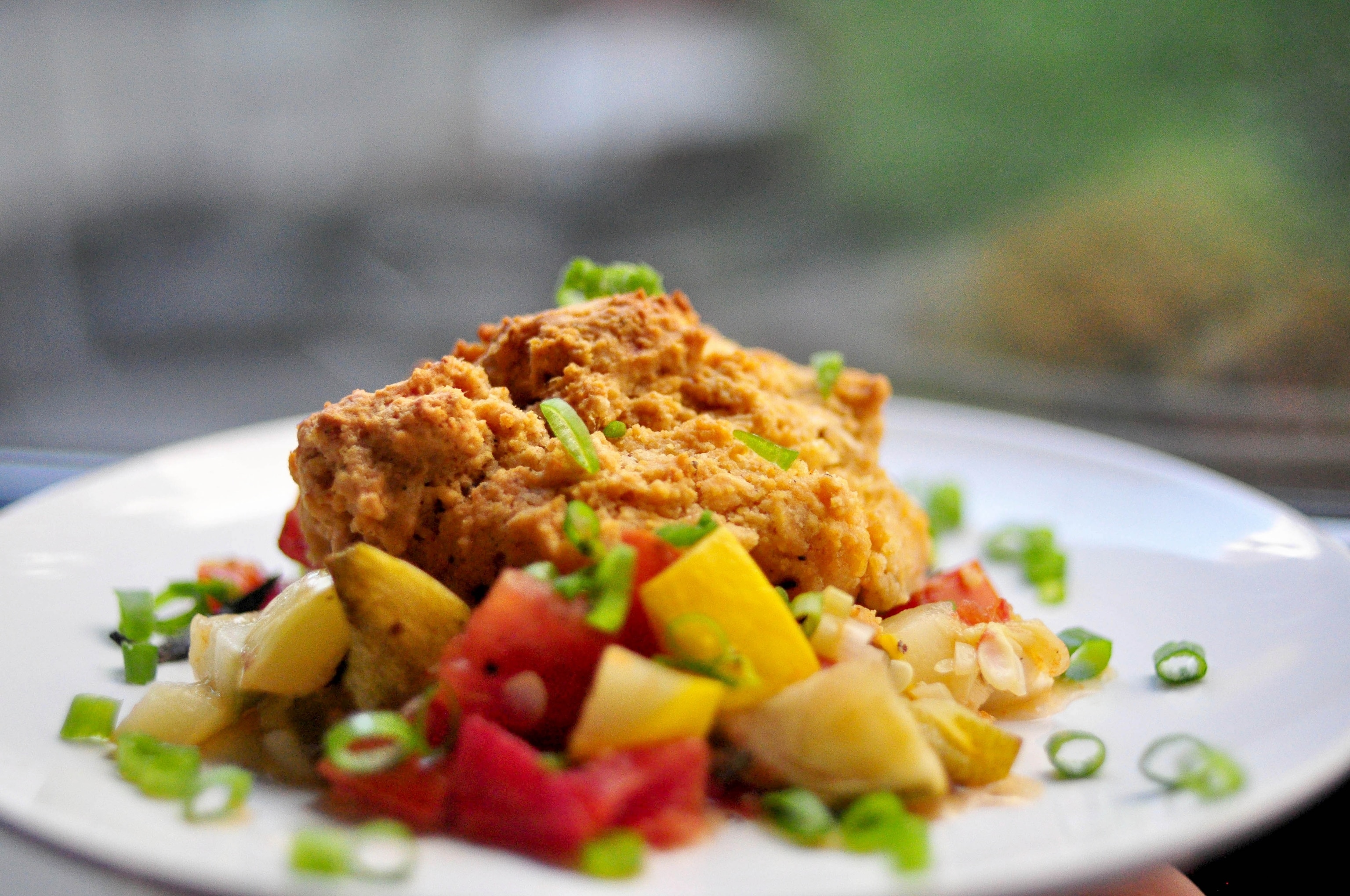
A Cookbook to Help Food Stamp Recipients Cook Cheaply Becomes a Massive Viral Hit
I think anyone who cares about food realizes that we’ve started to engage, as a society, with problems of unequal access.
There are conversations happening all over the country about “food deserts,” about farmers’ markets and urban farms in neglected neighborhoods, about making sure that healthy and sustainable isn’t just a thing for rich people. Ethical foodies, as the brilliant Mark Bittman wrote recently, understand that really caring about food has to move beyond personal pleasure to embrace social fairness as well.
But imagine for a moment that everyone who wanted good food—organic produce, humanely raised meat, ethically sourced fish, fruit picked by properly paid labor—could easily get to somewhere where it is sold. The problem of equal nutrition wouldn’t yet be solved, because the budgets of some people buying food are very small. The 40 million people in families that receive food stamps—technically, the federal Supplemental Nutrition Assistance Program (SNAP)—get an average $133 per month for food.
That’s about $4 per day, for three meals, for a family, though it’s less than most of us spend by ourselves for a morning coffee. To eat well on that tiny amount, you have to be canny and creative. Most of all, though, you have to know how to cook—not showily, Food Network style, but thriftily, from dried beans and root vegetables and the bony bits of meat. It’s the sort of thing that our grandmothers and great-grandmothers knew, but that most of us never had to learn.
Thank the food gods, then, for Leanne Brown, a 29-year-old Canadian who began as a political activist, moved to New York City to study food policy, volunteered in food-access programs, and learned from the people she was helping what they needed and wanted to know about how to cook and eat well.
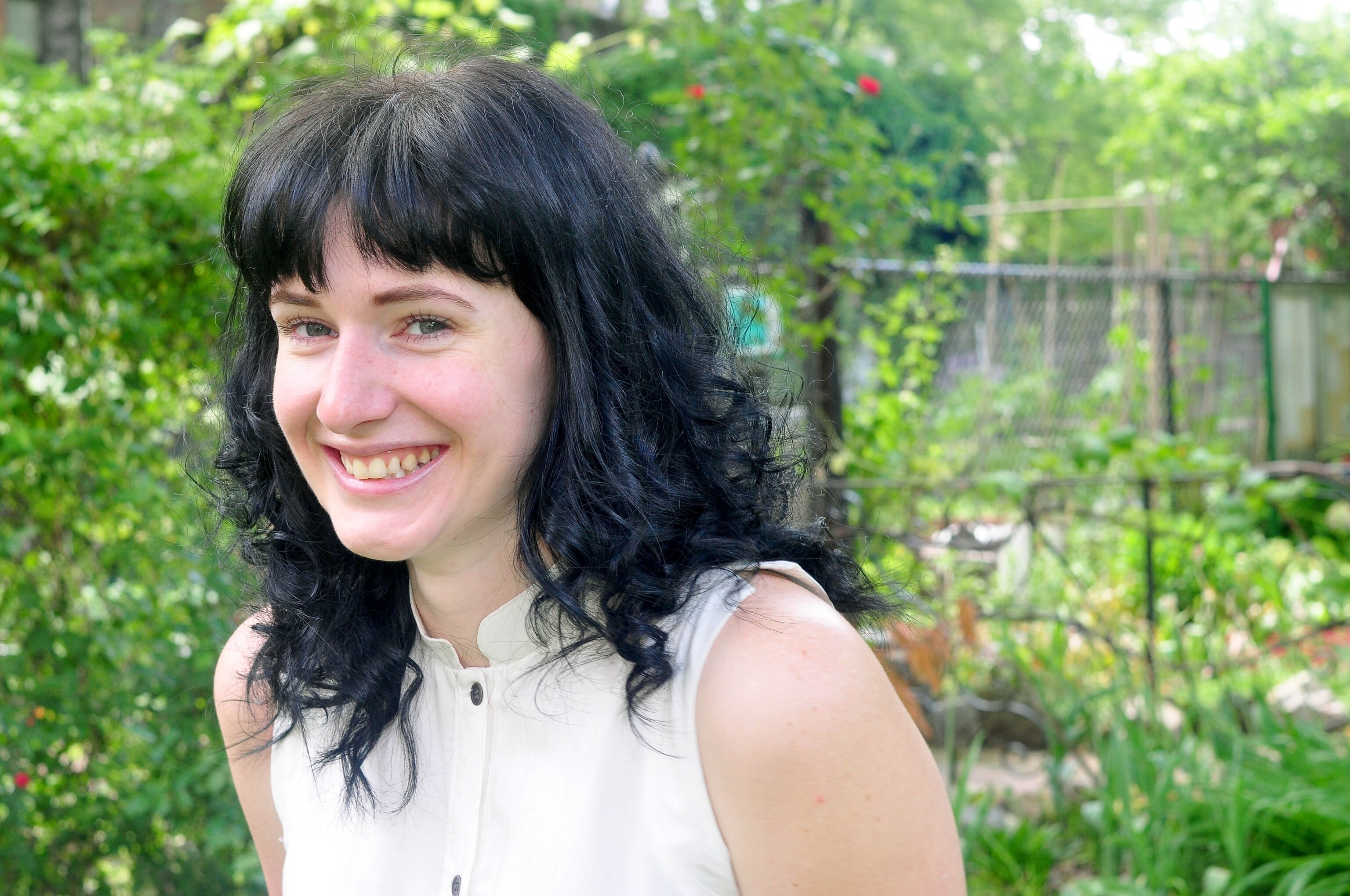
Her response was a cookbook, Good and Cheap: Eat Well on $4/Day. It began as a free pdf with a CC license. Then it got so popular—the 200,000 downloads broke her site several times—that she perceived an opportunity: If people were willing to buy the book, she could use the proceeds to fund printed copies for people with limited computer access. Thus was born Good and Cheap’s Kickstarter campaign. It launched in mid-May with a goal of $10,000. It ended two weeks ago having earned almost $145,000 from 5,636 backers: enough to fund 6,000 free copies and another 25,000 that nonprofits can buy at a super-discounted $4. So far, 450 nonprofits have asked.
When I talked to Brown earlier this week, she still sounded slightly dizzy. “We made our goal in the first 36 hours,” she said. “My concept of ‘smash success’ got redefined every day.”

The genius of Good and Cheap is that it isn’t just “recipes for food-stamp users,” what Brown described with a wince as “photocopied a bunch of times from a 1970s church cookbook, and not very inspiring.” The original pdf, and no doubt the book too (coming later this year) is beautifully designed, spacious and sleek with an indie vibe. It contains healthy but tasty-sounding recipes—shrimp and grits, vegetable jambalaya, smoky-spicy cauliflower, coffee cake—presented in a warm, you-can-do-this tone.
That probably explains why the Internet responded so powerfully to the idea of the book. In addition to its overwhelming Kickstarter support, Good and Cheap has been championed on Reddit and covered by TakePart, The Daily Meal, and Lifehacker, who see it as a book for anyone who wants to eat well without spending too much.
Brown hasn’t lost her focus, though, on producing what she calls “a nice cookbook, for people who can’t afford a cookbook.”
“I’ve gotten so many emails—heartwarming, heartbreaking emails—from people who tell me what this would have meant for them, growing up, to have guidance like this,” she said.
In the book’s introduction she speaks to that hoped-for audience candidly and kindly.
“There are thousands of barriers that can keep us from eating in a way that nourishes our bodies and satisfies our tastes,” she writes. “Money just needn’t be one of them… Cooking on a limited budget is not easy, and there are times when a tough week can turn eating into a chore. I hope the recipes and techniques in this book help make those times rare and tough choices a little more bearable.”
Though the Kickstarter is over, you can still buy Good and Cheap, and support Brown’s mission to get the book out to people who need it, via her website. You can tip her for the pdf ($5); buy a copy just for yourself ($20); buy one and give one or two away ($25 and $29); or give multiples: $100 gets one for you and 10 donations. (Nonprofits who want to buy in bulk should go here instead.)
Brown—who, in the midst of this, just got married—is aiming for an August manuscript deadline and publication by the end of the year. After that, she hopes to start telling the stories of the groups and food pantries where her cookbooks went, and what people learned from them.
I hope she does. I’d love to know more about where the copies of these books end up, and who cooks from them. And I can’t wait for mine.
